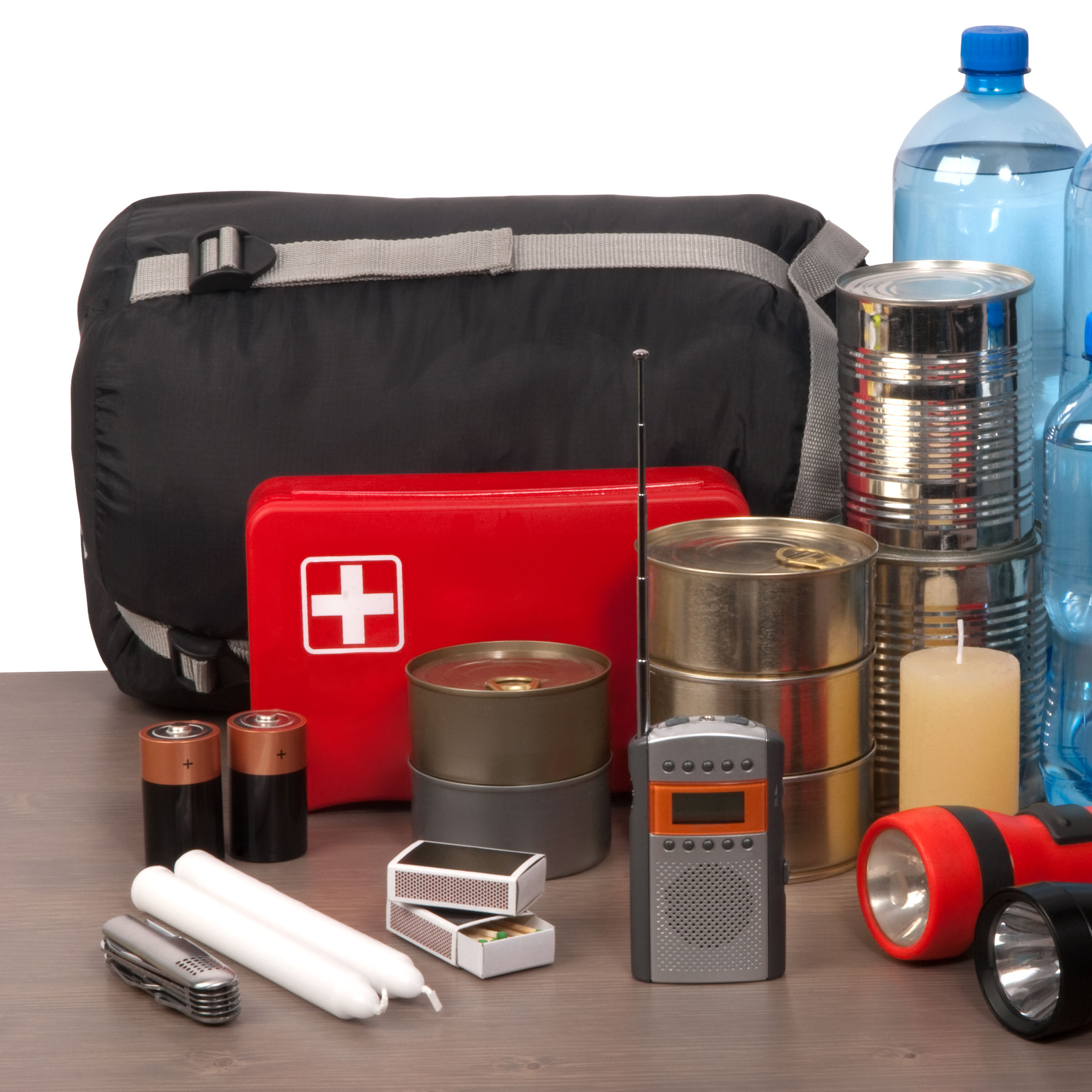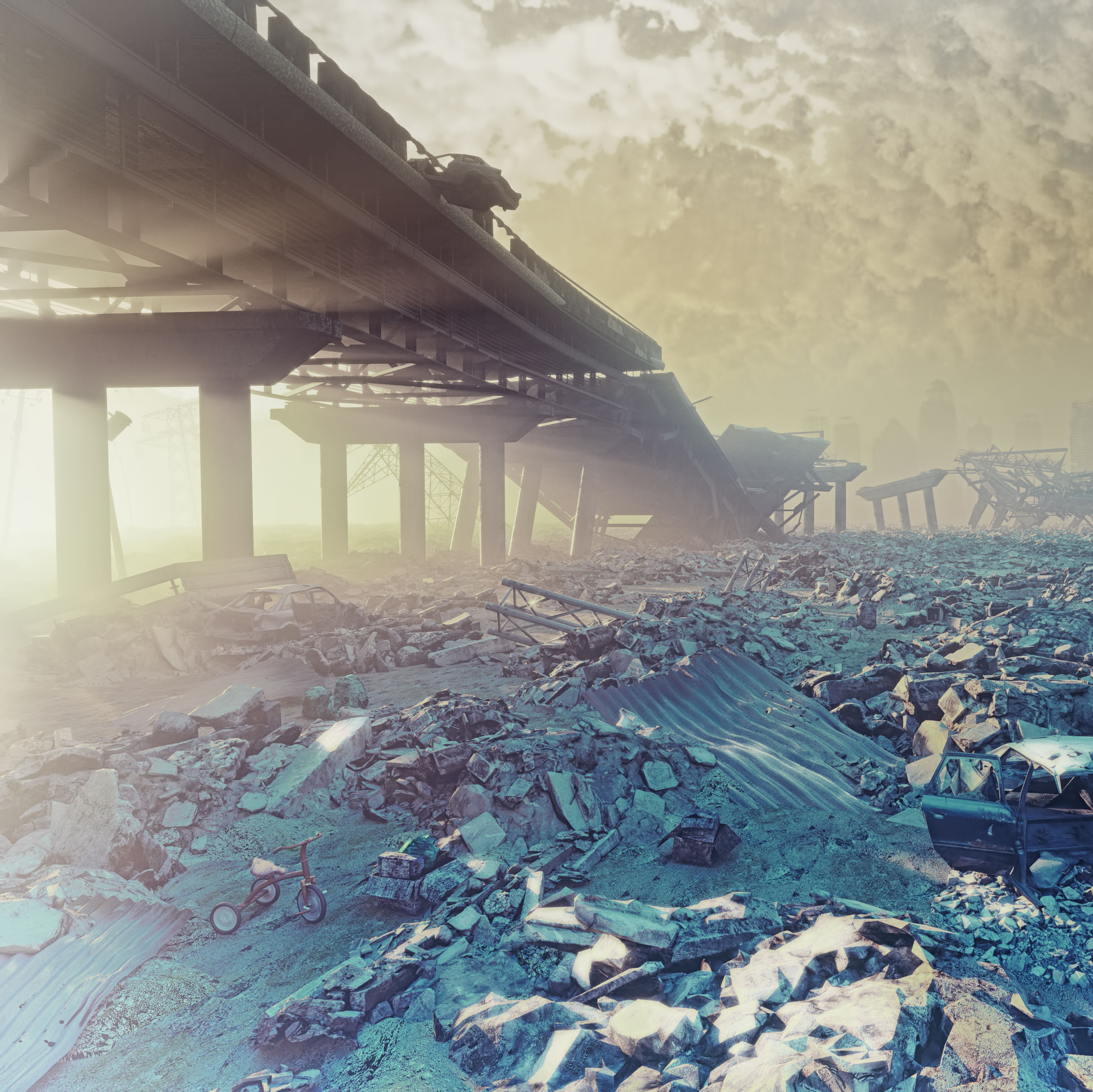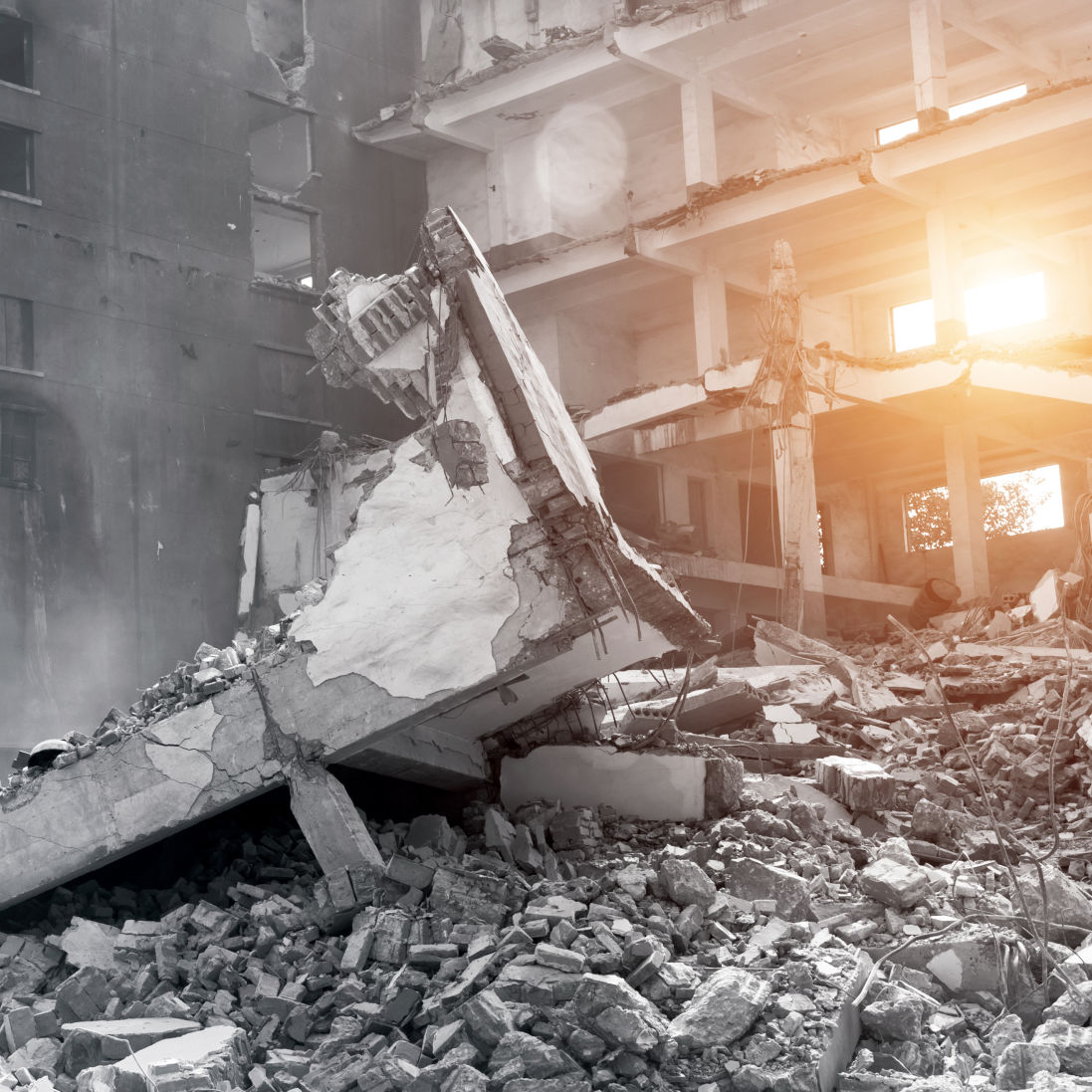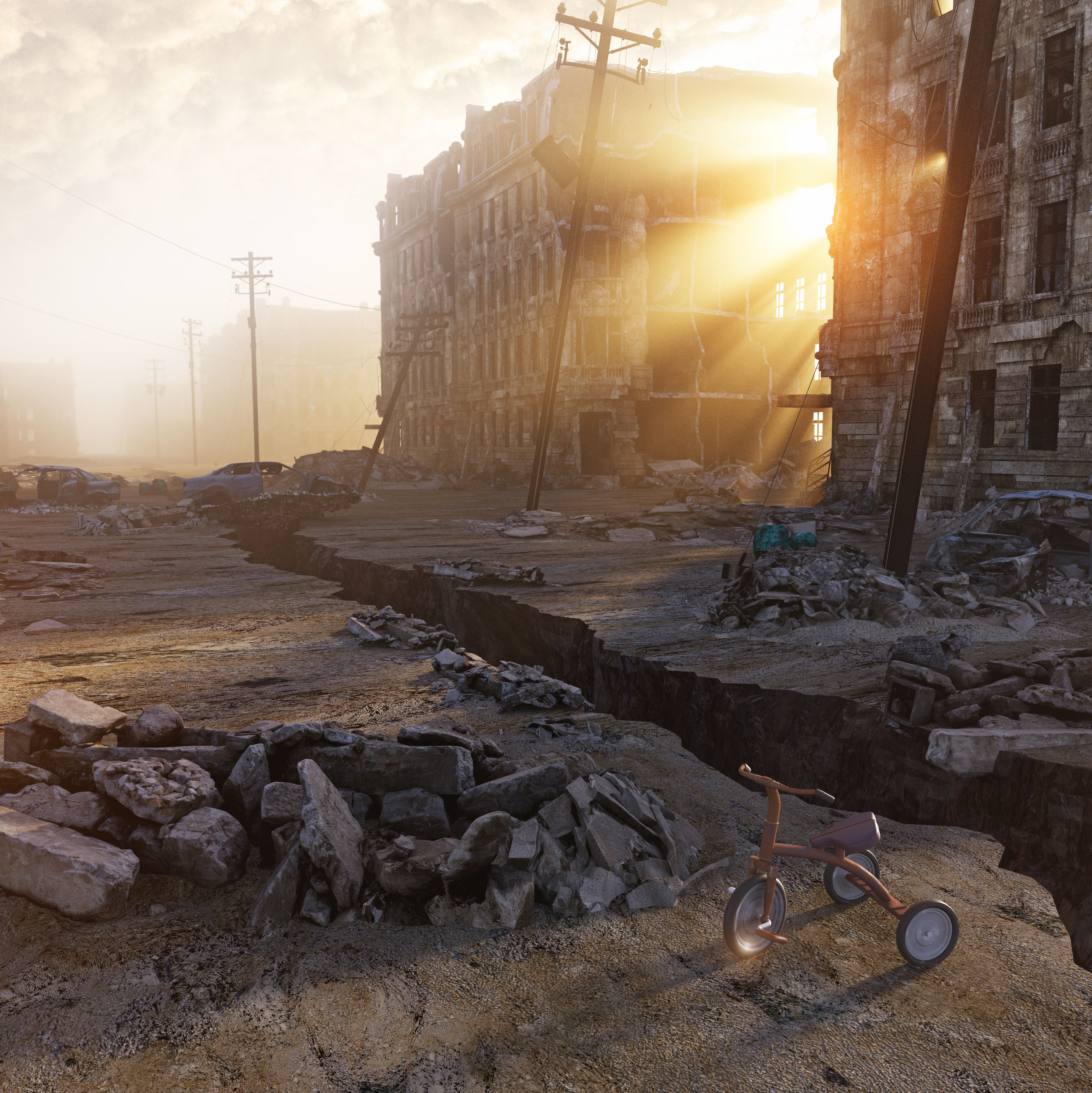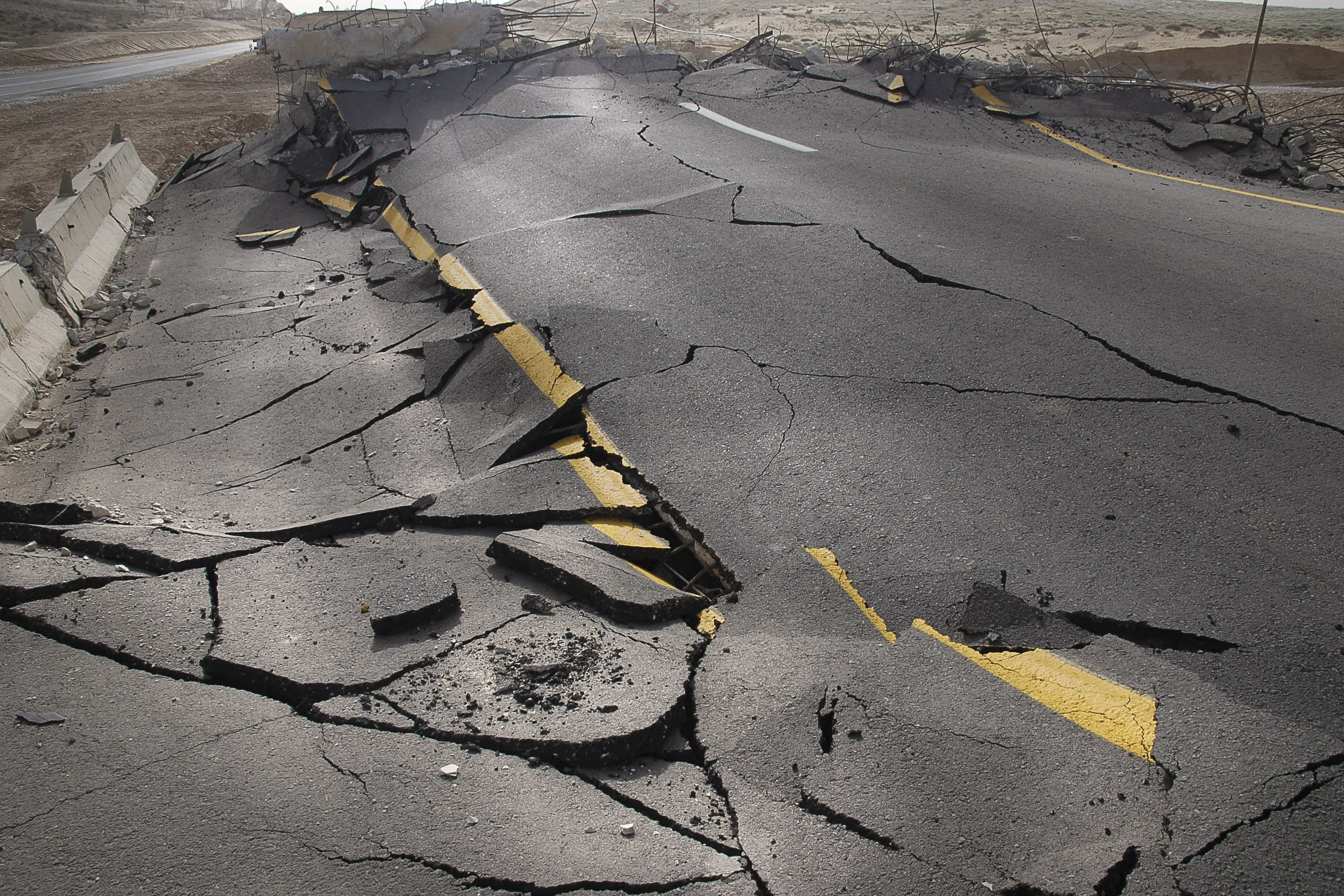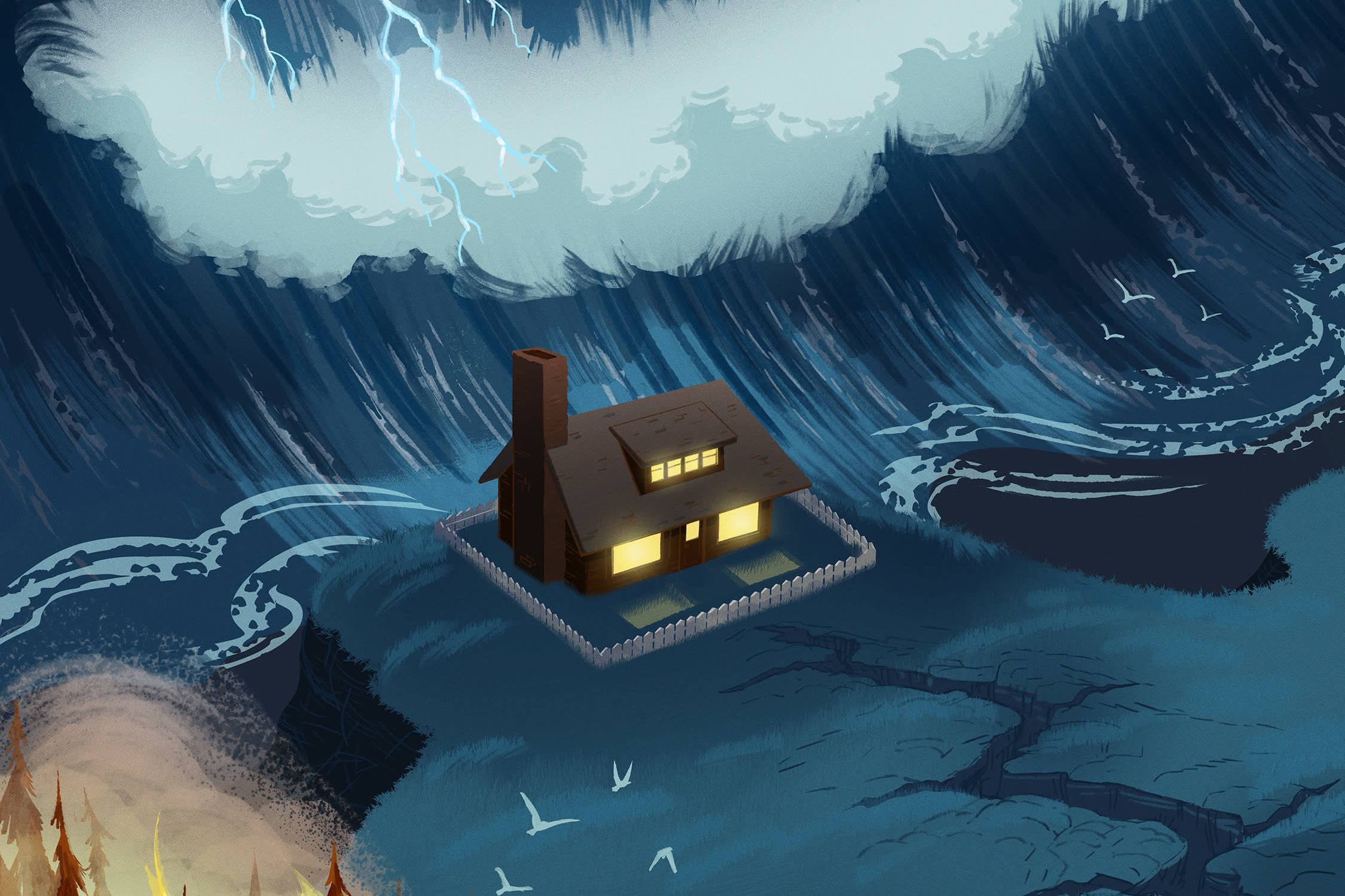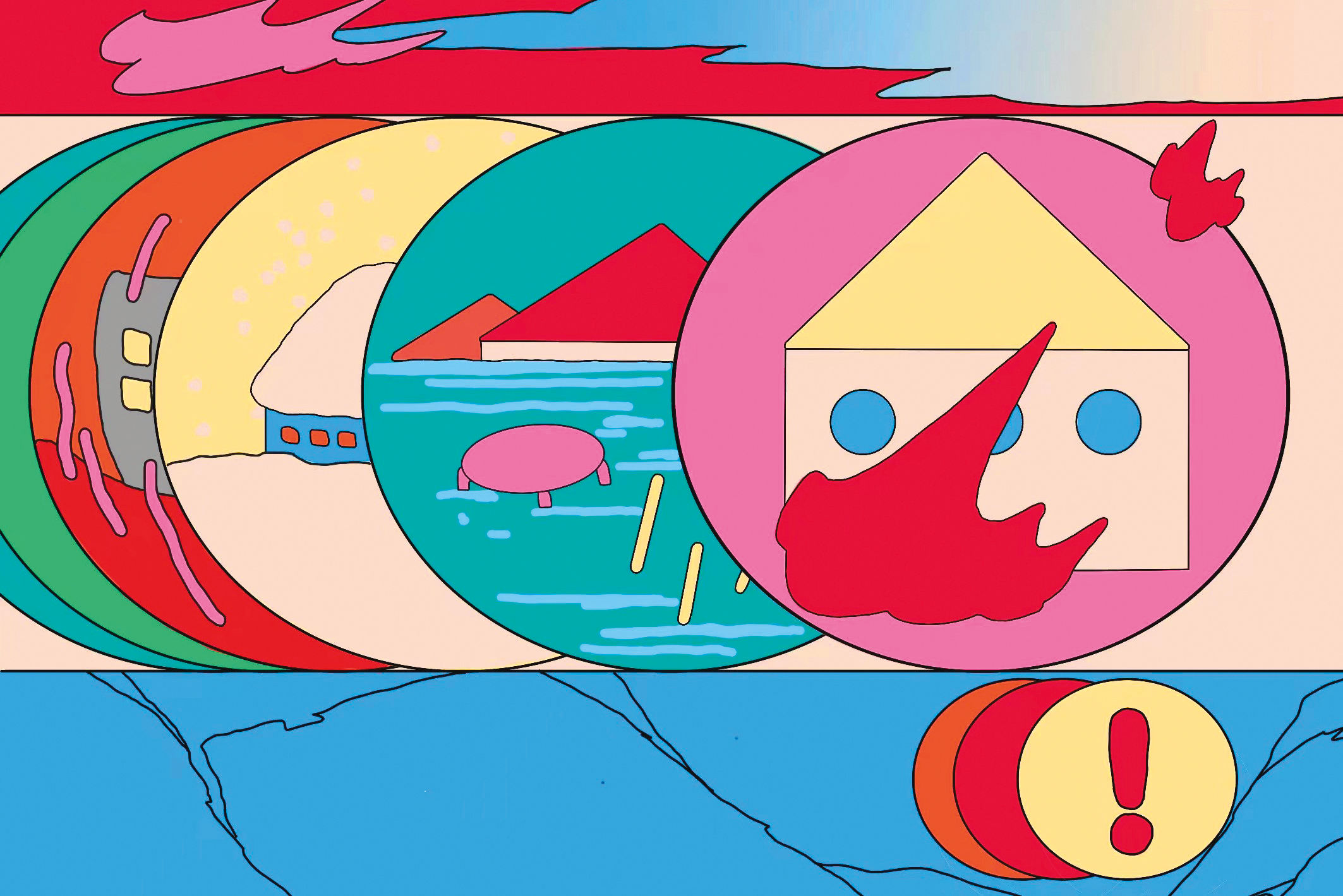How to Survive the End of the World (or The Big One)
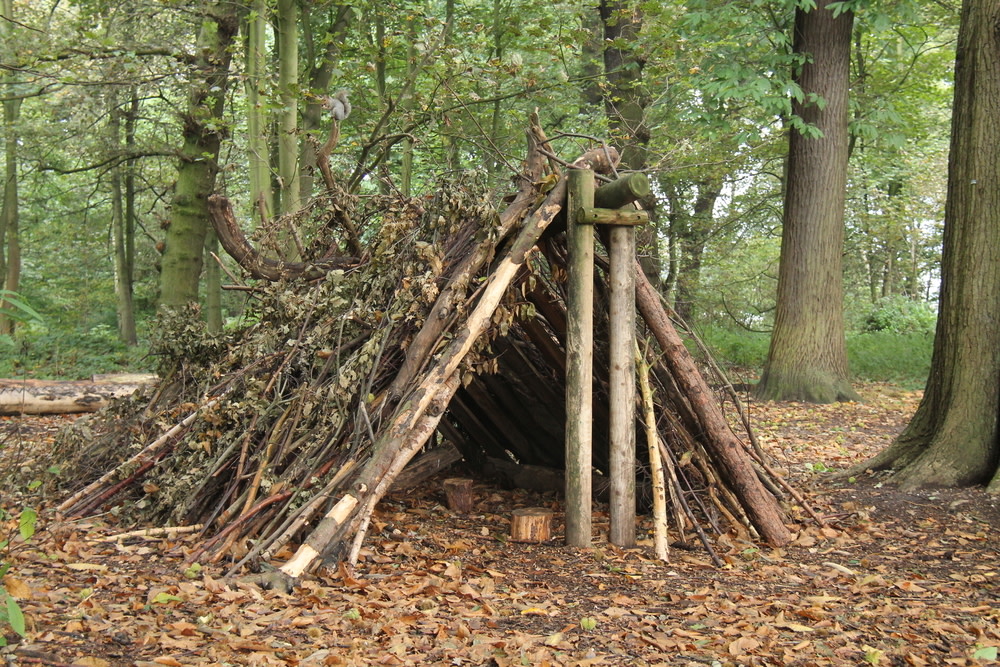
Don't worry Portland! Real estate is about to get cheap again.
Image: daseaford
Are you hyper-ventilating yet? If not, you probably somehow missed the now-infamous New Yorker article on the Cascadia Subduction Zone earthquake that will decimate Oregon and Washington—tomorrow, in a decade, a century, who knows! Whenever it happens, one of the writer's sources predicted that the I-5 would divide the Northwest between toast and not-toast. (In the event that you live on the toast side of that line, Portland Monthly has covered this very topic. Check out our guide for preparing your family and your home here.)
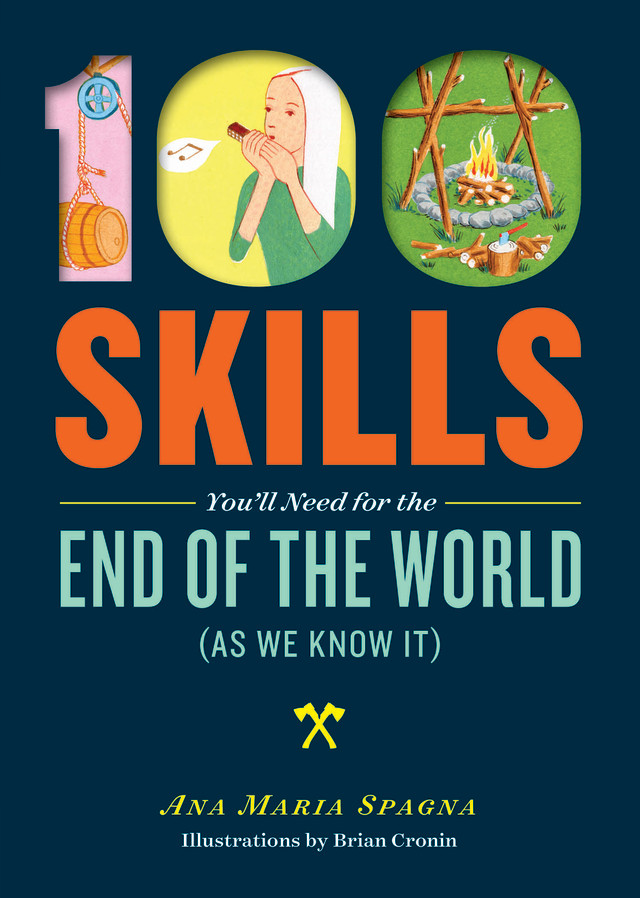
100 Skills You'll Need for the End of the World (as We Know It) (Storey Publishing, May 2015) by Washington-based author Ana Maria Spagna presents a more light-hearted, even hopeful guide to the apocalypse—whether it appears as an earthquake, irradiated beaver population, or shark-dispensing tornado. At a 200 pages, Spagna doesn't have enough room to actually give you all the information and step-by-step instructions you'll need to survive. (And do we really need to relearn how to daydream? You might want to take care of that irradiated beaver in your bath tub before you start tuning out.) But the book does act as a good reminder of just how many things we take for granted in our care-free, pre-apocalyptic industrial society.
Here are some of the practical skills Spagna recommends you know:
Cloud-reading: "Watch the sky. Cauliflower-like cumulus clouds build before a thunderstorm. High wispy cirrus clouds arrive in advance of a front. A sundog—an eerie circle around the sun on a cloudy day—announces rain-to-come, as does a halo around the moon."
Ink-making: "Nearly all the ink we use these days is petroleum-based. Who knew? ... [But] for centuries humans made ink with carbon, berry juice, tree bark, or animal skins. We can do it again."
Bird-listening: "What's the best indicator of danger approaching? The animals know. Birds sound the alarm, and the rest of the creatures take cover. And not just danger—birds can herald a change in weather or the arrival of long-awaited guests or help. Listening to them takes training in discernment."
